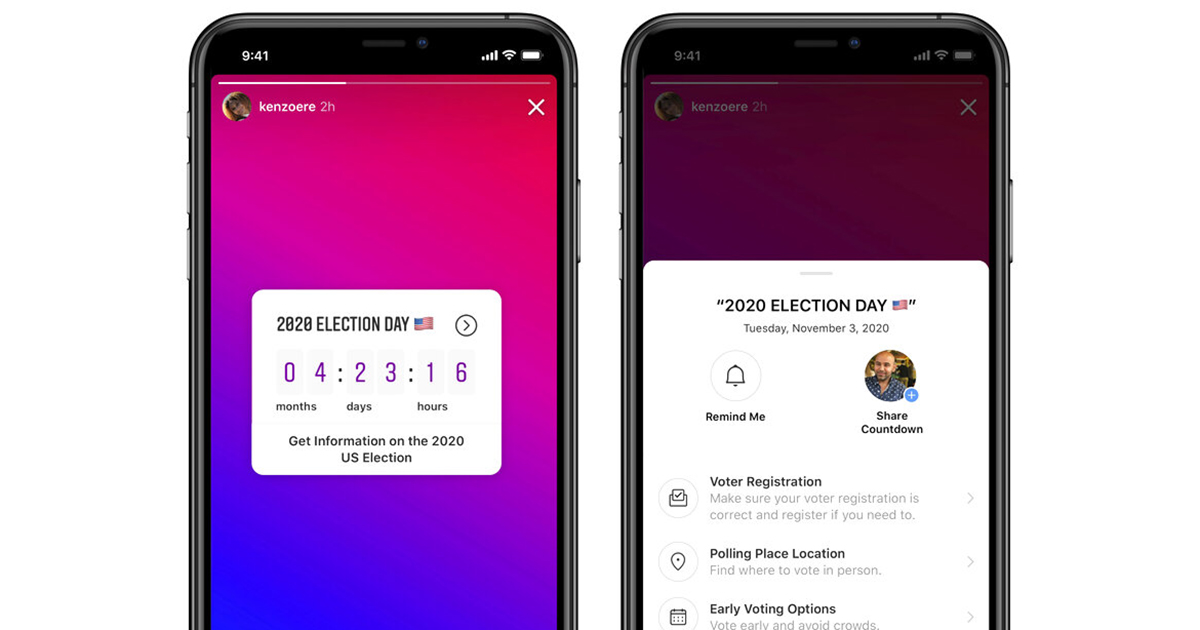MYRTLE BEACH, SC (WBTW) – School threats have interrupted the education of hundreds of students in our area this year alone, but are they happening more often than the public knows?
The state of South Carolina recently made school security a top priority in education – allocating millions of dollars towards security, mental health, and safety measures. State Superintendent of Education Molly Spearman told News13 the effort started not long after the Parkland High School shooting in Florida.
“The most important (thing) is for parents to feel safe after leaving their most precious child with us. It’s important for parents to know they’re safe – for the working conditions and for the children to be able to learn. You can not learn if you feel unsafe, so putting that all together, it’s our number one responsibility.”
News13 submitted a Freedom of Information request to local school districts to find out more about the number of threats our local districts investigate. We specifically asked for the number of reported school threats on platforms such as verbal, telephone, social media and writing for the 2016-2017, 2017-2018, 2018-2019 and current 2019-2020 school year. Furthermore, we requested the number of suspensions and expulsions due to threats against the district, its staff or students.
Many districts responded to the News13 request. Click on the link for a look at the data received, verbatim from FOIA responses:
Horry County Schools
Georgetown County Schools
Marion County School District
Florence County School District 1
Florence County School District 2
Florence County School District 3
Florence County School District 5
Marlboro County School District
Dillon School District 3
During the data gathering process for this report, News13 discovered differences between districts regarding a threat, how that definition varied from year to year, and how those threats were recorded and classified.
Some districts, like Georgetown County Schools, say its threats in submitted numbers ranged from verbal comments and intimidation to fights, threats of weapon use, suicidal ideation, bomb threats and social media threats. Districts told News13 that more serious threats against its students and staff warranted more severe punishment, such as recommendation for suspension or expulsion.
“Most of them have to do with fighting and most of them have to do with things that take place off-campus – usually on social media, because a lot of the kids don’t even live in the same areas, but the common denominator is they all go to school together,” Alan Walters, executive director of safety and risk management for the Georgetown County School District, explained. “So these things take place online outside of school and then they see each other face-to-face in the hallway, in the cafeteria, in the restrooms, and then it becomes a real problem.”
Walters says technology – especially social media – has complicated the jobs of those responsible for keeping your student safe. He says not only are threats becoming harder to investigate, but they’re requiring more time and resources to figure out.
“You have to be able to track these things back to their original source and then you have to figure out what the intent was because what the sender meant may not be what the receiver takes it as. As the old saying goes, ‘The message sent isn’t always the message received,'” he said. “With this type of work, you really have to be right 100% of the time – 99% is not a passing grade.”
Many school districts in our area, including Horry County, Georgetown County, Florence 5, and Marlboro County have safety teams and/or protocols in place to address threats. Additionally, Marion County says it is in the process of developing one. However, there’s no true statewide standard to identify, track and report the issues.
“We have to have a consistent method to identify threats and we have to be proactive. I think that’s the most important piece of this – we can’t wait for something to happen to do something about it,” Walters insisted.
The state of South Carolina is working to bridge the gap between discrepancies, investigations, policies, and recordkeeping of threats made in its public schools with a school threat assessment task force, which Walters sits on. Members alongside Walters on the committee include professionals and experts in law enforcement, justice, school district administration, and mental health backgrounds. See who from our area sits on the taskforce here.
“(We’re) trying to come up with something consistent and have a tool that can be used around the state that has everyone operating the same way,” he said.
Walters added that with individual district policies in place throughout the state, it has been difficult to make an interpretation about what’s considered a threat. He says there’s more than meets the eye about that discrepancy.
“As we all know, kids move from school to school and district to district, and the records travel with them,” he said. “So then you have to go back and figure out what was considered a threat in the other place (and) how would it fall under our policy?”
Both Walters and Superintendent Spearman say the state taskforce has taken a research-based approach to streamlining future school threat data in South Carolina. The task force analyzed plans and information from resources such as the U.S. Secret Service, states and other school districts to try to figure out what would work best for South Carolina schools.
In February, the task force released its first report on its efforts and findings. Here are a few of the major takeaways:
- Develop individual school threat assessment teams at public schools in South Carolina
- Streamline threat assessments with the taskforce’s threat assessment guide
- Identify whether someone is making a threat or posing a threat, its severity, and how to intervene
“We were very careful to put in there certain stopping points – that if the answer’s yes to a particular question, call law enforcement, you’re done right now and we need to act on this,” Walters explained.
The taskforce is also expected to roll out a new web portal in November that would help districts and teams complete assessments. Walter says it will allow educators, administrators and districts cross-reference student behavior, disciplinary information and intervention plans all in one place.
We asked Walters the status of opening up the new policies and procedures to school districts.
“This year’s legislature made it so that team members had to be identified. They were getting the ball rolling with it and then as they unveil what they’re doing with the taskforce and come up with protocols and procedures, then they’ll probably legislate the actual process for it from there,” he explained.
The state task force is also expected to discuss training for school threat assessment teams and how to develop a “train the trainer” program. Walters expects then for the evaluation process to begin to help the task force improve its plan, see how its working and the areas it can improve on.
As this team works on a lofty workload in the months ahead, both Walters and Superintendent Spearman say they’ll need the help of parents, teachers, and students in properly reporting threats they see or hear.
“If we can get it to stop getting into schools, our teachers can do what they do in the first place — instruction,” Walters said.
“You need to say something to the right people because in almost every incident that’s happened, when people start talking about it, they say, ‘Oh you know we noticed something,’ and nothing was done,” Spearman added. “We don’t ever want that to happen in South Carolina.”









